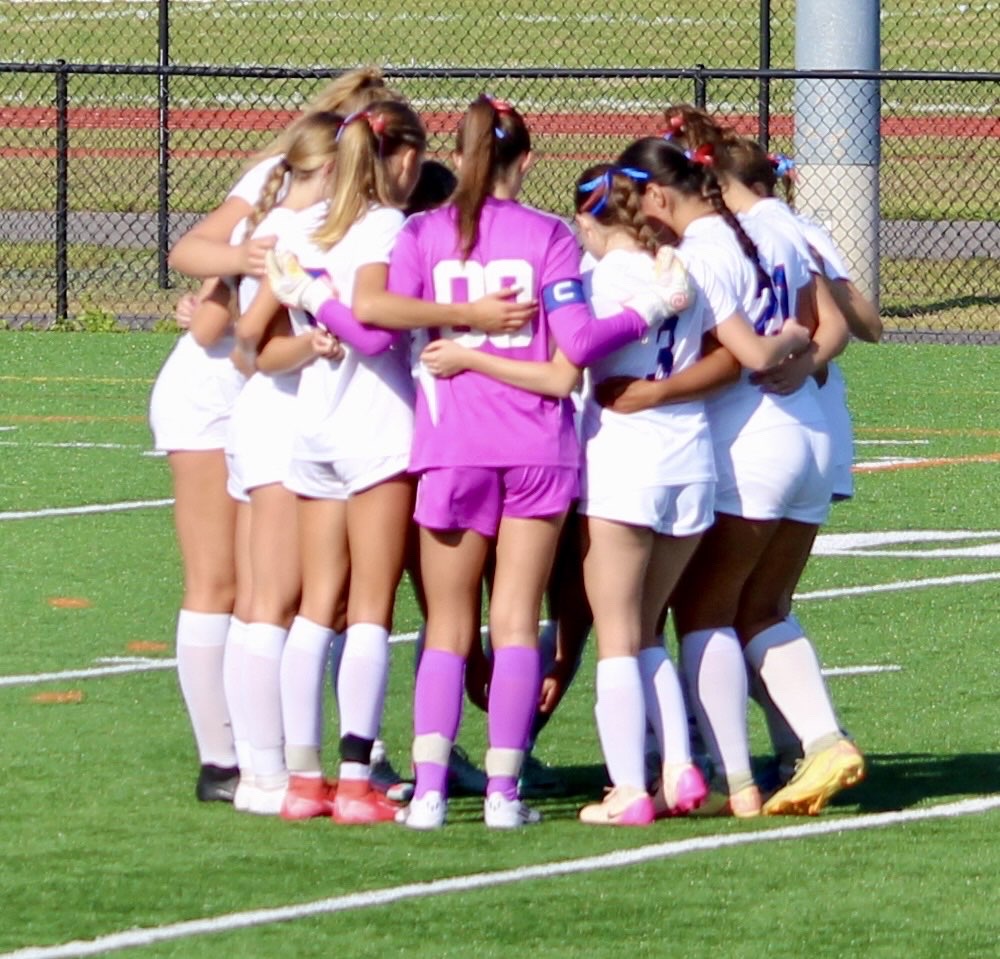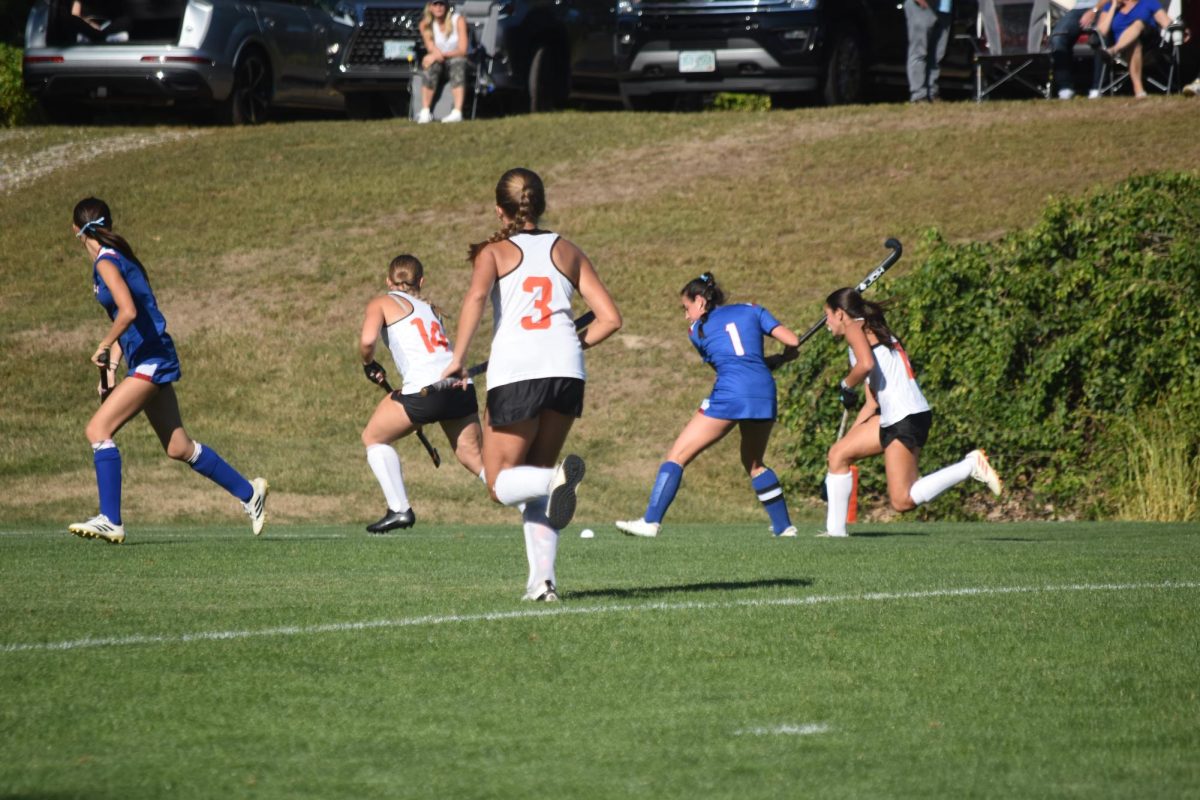The idea of college athletes being paid has been around for decades, and with the new Name, Image, Likeness (NIL) deals approved by the NCAA, this idea has been able to become a reality for college athletes.
Now with college athletes being paid, the question then arises, how much do they get paid? The On3, a new algorithm, can show how much an athlete may be worth using two categories; brand value index and roster value index.
The brand index is basically how a player is valued in the sponsorship market depending on three main factors; performance, influence, and exposure. Say you have an athlete who is consistently doing good things on the field, while also having the personality for live television or social media. He would most likely be very high on the sponsorship market because he has already created his brand and now other companies can use that to their advantage to get more publicity.
The roster index is somewhat similar to the brand index, however, it mostly depends on a player’s performance, the school’s size, and the overall collective market at the time a deal is signed. So if you had a player who wins the Heisman and the national championship at a Big Ten school, they would be much more likely to earn more money due to their accomplishments at the collegiate level.
Currently, the market is estimated to be anywhere between $750M -$1B and is expected to grow to nearly 400 billion dollars in just five years. Much of this growth is expected to come from the growing market of brands trying to appeal to younger generations and using college kids to do so is part of their idea. This idea has grown a lot in the past four years since they allowed this back in 2021, and it will only continue to grow as time goes on.

















Pearson
May 17, 2024 at 12:11 pm
Should the first sentence, last paragraph read “… nearly 4 billion dollars in just five years.”? $400B would be a 5-year CAGR of 231% and would be ~20x what the NCAA made in 2019.